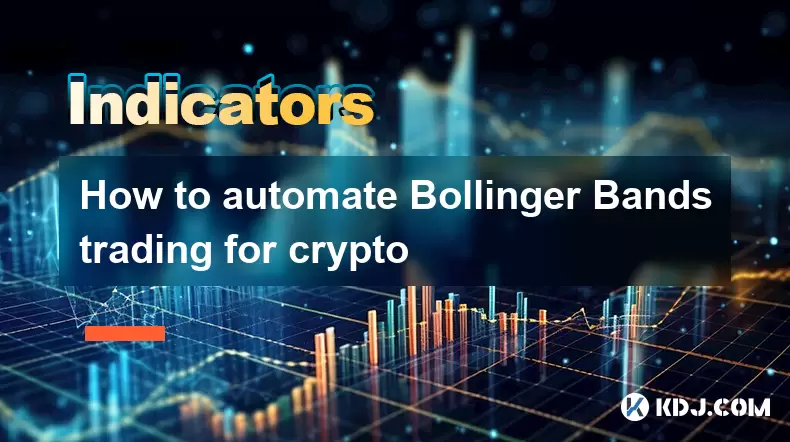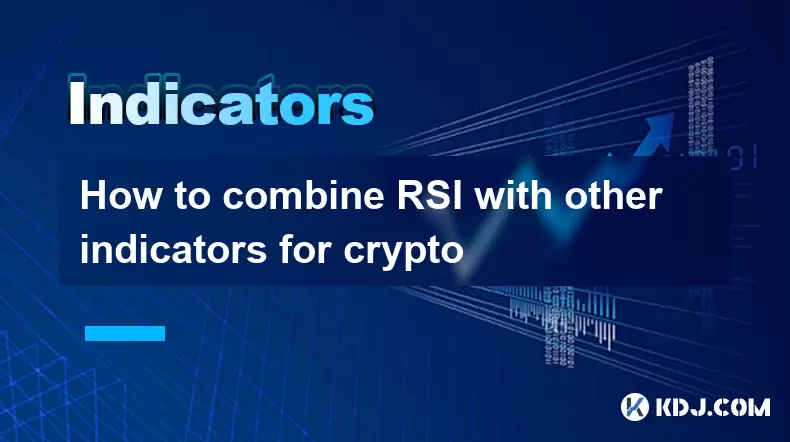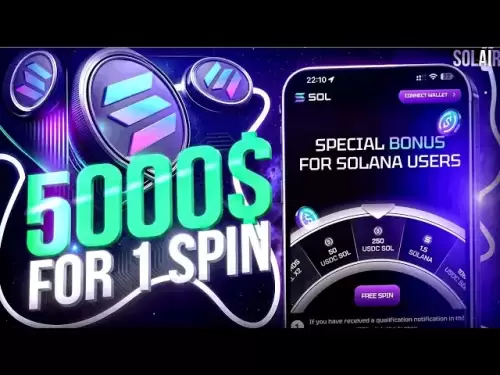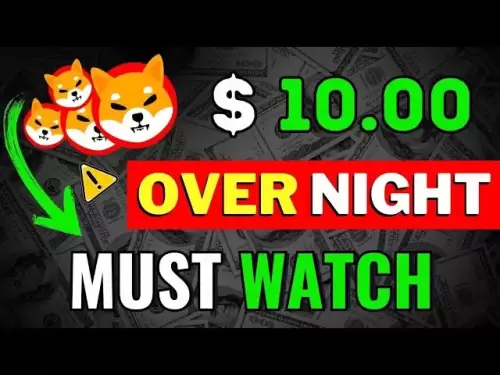-
 Bitcoin
Bitcoin $122,073.8475
3.61% -
 Ethereum
Ethereum $3,073.2823
4.14% -
 XRP
XRP $2.9894
7.25% -
 Tether USDt
Tether USDt $1.0000
-0.03% -
 BNB
BNB $703.4664
1.92% -
 Solana
Solana $167.3788
3.42% -
 USDC
USDC $0.9998
-0.01% -
 Dogecoin
Dogecoin $0.2073
5.10% -
 TRON
TRON $0.3022
0.10% -
 Cardano
Cardano $0.7550
3.34% -
 Hyperliquid
Hyperliquid $48.6208
1.34% -
 Stellar
Stellar $0.4636
8.25% -
 Sui
Sui $3.9823
16.03% -
 Chainlink
Chainlink $16.2336
5.75% -
 Hedera
Hedera $0.2450
6.76% -
 Bitcoin Cash
Bitcoin Cash $516.7712
2.70% -
 Avalanche
Avalanche $21.8700
3.18% -
 UNUS SED LEO
UNUS SED LEO $9.0253
-0.08% -
 Shiba Inu
Shiba Inu $0.0...01385
5.42% -
 Toncoin
Toncoin $3.0240
0.80% -
 Litecoin
Litecoin $97.7055
3.39% -
 Polkadot
Polkadot $4.1356
4.42% -
 Monero
Monero $351.1108
4.78% -
 Uniswap
Uniswap $9.3536
11.12% -
 Dai
Dai $0.9998
-0.01% -
 Ethena USDe
Ethena USDe $1.0005
0.01% -
 Pepe
Pepe $0.0...01264
4.17% -
 Bitget Token
Bitget Token $4.5002
3.13% -
 Aave
Aave $330.6527
9.15% -
 Bittensor
Bittensor $420.6946
7.83%
How to automate Bollinger Bands trading for crypto
Automate your Bollinger Bands strategy with customizable parameters and backtesting to enhance crypto trading efficiency and minimize emotional decisions.
Jul 12, 2025 at 06:49 pm

Understanding Bollinger Bands in Crypto Trading
Bollinger Bands are a popular technical analysis tool used by traders to identify volatility and potential price reversal points. In the context of cryptocurrency trading, they help traders gauge overbought or oversold conditions. The indicator consists of three lines: a simple moving average (SMA), typically set at 20 periods, and two standard deviation bands above and below this SMA. When prices move toward the upper band, it may indicate an overbought scenario, while touching the lower band might signal an oversold condition.
For crypto assets that often experience high volatility, understanding how to interpret these bands is crucial before automating any strategy. Traders should be familiar with the nuances of Bollinger Band settings, such as adjusting the period length or standard deviation multiplier, which can significantly affect the sensitivity of signals generated.
Why Automate Bollinger Bands Strategy?
Automating a Bollinger Bands-based trading strategy allows traders to execute trades based on predefined rules without constant manual monitoring. This is especially useful in the 24/7 nature of crypto markets where missing a key moment could mean losing profit opportunities or facing unnecessary risk.
By using automation tools like trading bots or algorithmic scripts, traders can backtest their strategies against historical data and deploy them in real-time environments. Automation also helps eliminate emotional decision-making, ensuring trades are executed strictly according to the system's logic. Additionally, automated systems can manage multiple pairs simultaneously, increasing efficiency and diversification across various cryptocurrencies.
Selecting a Suitable Trading Platform or Bot
To automate your Bollinger Bands trading strategy, you need a reliable platform or bot that supports custom indicators and scripting. Some of the most commonly used platforms include:
- TradingView: Offers Pine Script for creating custom strategies and alerts.
- Binance Smart Chain or other exchanges with API access for integration with third-party bots.
- Third-party bots like Gunbot, HaasBot, or Cryptohopper that support advanced strategies and customizable indicators.
When selecting a platform, ensure it allows for customizable Bollinger Bands parameters and has robust alert and execution capabilities. Also, check if the platform provides backtesting features so you can validate your strategy before going live.
Setting Up the Bollinger Bands Indicator
Before coding or configuring your bot, it's essential to define how the Bollinger Bands will trigger trade entries and exits. Here’s a breakdown of the setup process:
- Determine the period length for the SMA — usually 20, but some traders adjust it for faster or slower signals.
- Set the standard deviation multiplier — typically 2, though values like 1.5 or 2.5 are sometimes used depending on market volatility.
- Define entry conditions, such as when price touches or breaks the upper/lower band.
- Decide on exit conditions, including stop-loss, take-profit levels, or re-entry into the middle band.
Once these parameters are defined, they can be translated into code or inputted directly into a bot's configuration panel. For instance, in TradingView, you can use Pine Script to create a strategy that plots the bands and generates alerts based on price interaction.
Creating or Coding Your Automated Strategy
If you're comfortable with programming, you can code your own Bollinger Bands trading bot using Python or JavaScript. Alternatively, many platforms offer no-code solutions for setting up alerts and executing trades via APIs.
Here’s a basic outline of what your script or configuration should include:
- Connect to an exchange API (e.g., Binance API) to fetch price data and place trades.
- Calculate the Bollinger Bands values based on the selected parameters.
- Implement trade logic — for example, buy when price crosses below the lower band and sell when it crosses above the upper band.
- Add risk management features, such as position sizing, stop loss, and trailing take profit.
For example, using Python and libraries like ccxt and pandas, you can write a script that checks every minute whether a condition is met and executes a trade accordingly. Ensure that all API keys are stored securely and that the bot runs in a stable environment to avoid interruptions.
Testing and Deploying the Strategy
Before running your automated Bollinger Bands strategy with real funds, thorough testing is necessary. Use historical data to backtest the performance of your strategy across different market conditions. Platforms like TradingView allow you to simulate past performance and view equity curves.
Once satisfied with the results, run the bot in paper trading mode, where simulated trades are made without risking actual capital. Monitor how the bot performs during sudden market swings, gaps, or slippage scenarios typical in crypto markets.
After successful simulations, connect your bot to your exchange account with limited fund allocation initially. Gradually increase exposure as confidence builds. Regularly monitor logs and error messages to ensure smooth operation.
Frequently Asked Questions
What are the best Bollinger Band settings for crypto trading?
The default settings of 20-period SMA and 2 standard deviations are widely used. However, due to crypto's high volatility, some traders prefer shorter periods like 14 or 18 with a standard deviation of 1.5 or 2.5 for more responsive signals.
Can I combine Bollinger Bands with other indicators in automation?
Yes, combining Bollinger Bands with RSI or MACD can improve accuracy. For example, using RSI to confirm overbought/oversold conditions before entering a trade based on Bollinger Bands can reduce false signals.
Is it safe to fully automate Bollinger Bands trading?
While automation brings consistency, it's not entirely risk-free. Sudden market crashes, exchange downtime, or incorrect parameter settings can lead to losses. It's advisable to start with small allocations and closely monitor the bot’s behavior.
How do I handle slippage in automated Bollinger Bands trades?
Slippage can be mitigated by setting tight stop orders, choosing exchanges with high liquidity, and avoiding trading during extreme volatility unless appropriate safeguards are in place.
Disclaimer:info@kdj.com
The information provided is not trading advice. kdj.com does not assume any responsibility for any investments made based on the information provided in this article. Cryptocurrencies are highly volatile and it is highly recommended that you invest with caution after thorough research!
If you believe that the content used on this website infringes your copyright, please contact us immediately (info@kdj.com) and we will delete it promptly.
- Meme Coin Mania: Your Step-by-Step Guide to Viral Success in 2025
- 2025-07-14 18:00:36
- UK Treasury Watch: Bitcoin Surge Lifts Companies Amidst Crypto Optimism
- 2025-07-14 16:30:12
- Crypto Investment Beyond XRP: Unearthing High-Potential Substitutes
- 2025-07-14 18:10:12
- Satoshi Nakamoto: Bitcoin's Billionaire Mystery – Richest Person?
- 2025-07-14 16:50:12
- Solana, Little Pepe, Meme Coin Mania: What's the Hype?
- 2025-07-14 18:00:36
- Bitcoin Privacy, Cryptocurrency, and Cake Wallet: A New Yorker's Take
- 2025-07-14 18:10:12
Related knowledge

Advanced RSI strategies for crypto
Jul 13,2025 at 11:01am
Understanding the Basics of RSI in Cryptocurrency TradingThe Relative Strength Index (RSI) is a momentum oscillator used to measure the speed and chan...

Crypto RSI for day trading
Jul 12,2025 at 11:14am
Understanding RSI in the Context of Cryptocurrency TradingThe Relative Strength Index (RSI) is a momentum oscillator used to measure the speed and cha...

Crypto RSI for scalping
Jul 12,2025 at 11:00pm
Understanding RSI in the Context of Crypto TradingThe Relative Strength Index (RSI) is a momentum oscillator widely used by traders to measure the spe...

What does an RSI of 70 mean in crypto
Jul 13,2025 at 06:07pm
Understanding the RSI Indicator in Cryptocurrency TradingThe Relative Strength Index (RSI) is a widely used technical analysis tool that helps traders...

How to avoid RSI false signals in crypto
Jul 13,2025 at 06:21pm
Understanding RSI and Its Role in Crypto TradingThe Relative Strength Index (RSI) is a momentum oscillator used to measure the speed and change of pri...

How to combine RSI with other indicators for crypto
Jul 12,2025 at 08:35am
Understanding the Role of RSI in Crypto TradingThe Relative Strength Index (RSI) is a momentum oscillator that measures the speed and change of price ...

Advanced RSI strategies for crypto
Jul 13,2025 at 11:01am
Understanding the Basics of RSI in Cryptocurrency TradingThe Relative Strength Index (RSI) is a momentum oscillator used to measure the speed and chan...

Crypto RSI for day trading
Jul 12,2025 at 11:14am
Understanding RSI in the Context of Cryptocurrency TradingThe Relative Strength Index (RSI) is a momentum oscillator used to measure the speed and cha...

Crypto RSI for scalping
Jul 12,2025 at 11:00pm
Understanding RSI in the Context of Crypto TradingThe Relative Strength Index (RSI) is a momentum oscillator widely used by traders to measure the spe...

What does an RSI of 70 mean in crypto
Jul 13,2025 at 06:07pm
Understanding the RSI Indicator in Cryptocurrency TradingThe Relative Strength Index (RSI) is a widely used technical analysis tool that helps traders...

How to avoid RSI false signals in crypto
Jul 13,2025 at 06:21pm
Understanding RSI and Its Role in Crypto TradingThe Relative Strength Index (RSI) is a momentum oscillator used to measure the speed and change of pri...

How to combine RSI with other indicators for crypto
Jul 12,2025 at 08:35am
Understanding the Role of RSI in Crypto TradingThe Relative Strength Index (RSI) is a momentum oscillator that measures the speed and change of price ...
See all articles

























































































